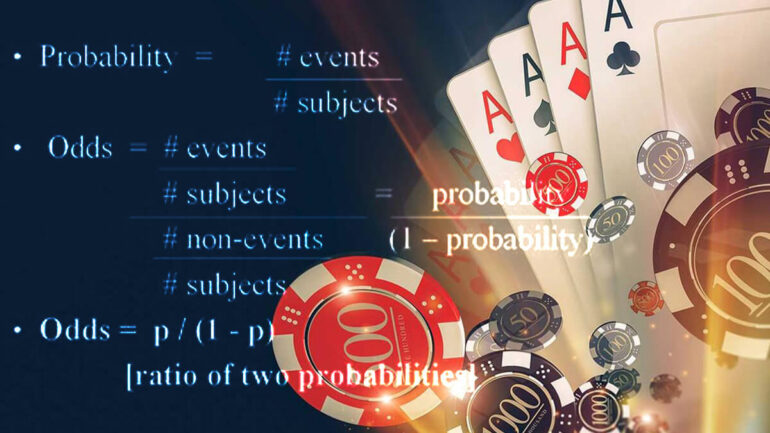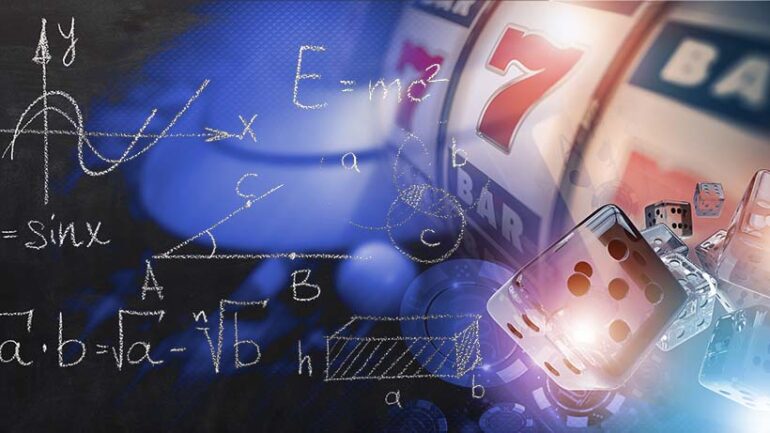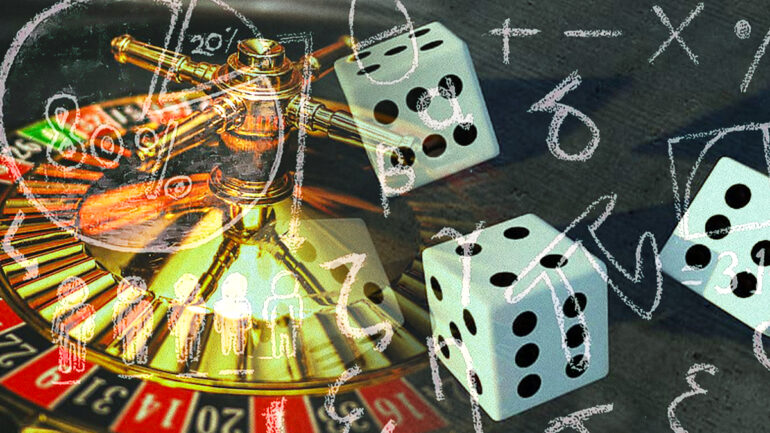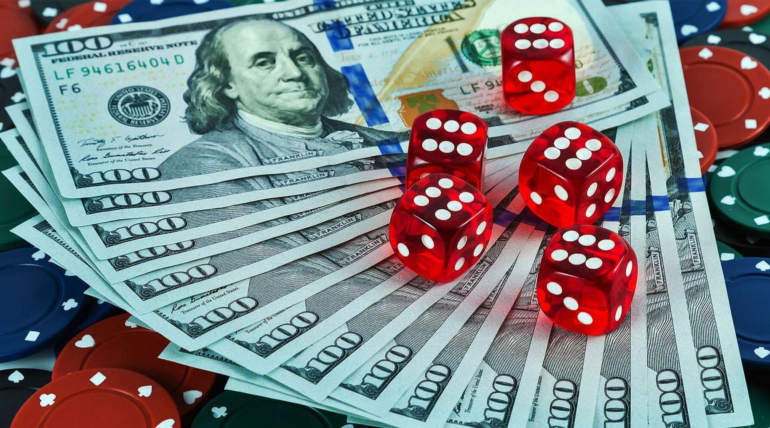When it comes to gambling, math plays a vital role in determining your win. Probability, a branch of mathematics, indicates the winning or losing chances. For instance, if you are a gambling user or have played casino games, you may have heard: the probability of winning a game is 50%, the probability of earning high profits is 10%, and so on.
A probability is a simple number that indicates the likelihood of an event. The value is always in the range of 0 to 1. Nothing will emerge if the probability is zero. Any event with a chance of 1 (100%) will always occur.
Odds can be expressed as percentages. In addition to that, it can also be written as a fraction since 50% is the same 1/2. A probability can also be expressed as a decimal because 0.5 and 50 percent mean the same thing.
What Are Different Types Of Probability Used In Gambling And Casino Games
You can visit www.ufabet.cam to bet on sports matches, leagues, and popular events. Here we will learn about different types of probability used in gambling and casino games.
Probability In Card Games

In card games, a variety of probabilities are used, but they are all dependent on a few characteristics that a deck of cards contains. A typical deck of cards has 52 cards in it, and the odds of receiving any one card is 1/52.
Clubs, diamonds, hearts, and spades are the four different types of cards in every deck. The chances of receiving a card of a given suit are 1/4. There are 13 ranks on the cards: 2, 3, 4, 5, 6, 7, 8, 9, 10, jack, queen, king, and ace.
The chance of acquiring a card of a particular rank is 1/13. However, one of the fascinating aspects of card games is that the order in which cards are dealt affects the possibility of receiving cards in the next session.
Example 1:
Let’s imagine that you are playing single deck blackjack and have been handed a jack as your opening card. What are the chances that the next card will be jack as well? Only three jack cards remain in the deck with 51 other cards. As a result, the probability is 3/51, 1/17, or 16 to 1.
Example 2:
Assume that you are in a five-card stud game. You have three jack cards and a deuce in your hand. There is just one opponent, and he holds four cards, and none of them are jack. In the deck, there is only one jack left with 44 other cards. Thus, your probability of getting the last jack as your next card is 1/44 or 43 to 1.
Probability In A Coin Toss Event

Let’s imagine that you want to know how likely it is to receive heads two times in a row. You should add the two probabilities when estimating the likelihood of one incident and another event occurring. In this situation, the chance of getting heads is 0.5. As a result, the odds of obtaining heads two times in a row are 0.25 (0.5 X 0.5)
When you consider all of the options, it is simple to understand this:
- It is possible to receive tails twice.
- It is possible to get two heads.
- On the first throw, you might get tail, and on the second toss, you might get head.
- On the first throw, you might receive head, and on the second toss, you might get tail.
There are four possibilities, and only one is the desired outcome.
Roulette Wheel Probability

The ball can land in any of the 38 pockets on an American roulette wheel. The ball has a 1/38 possibility of landing in a given pocket, which can also be composed as a ratio of 37 to 1. It is an excellent illustration of how the casino gains an advantage over the player as the wager has a 35 to 1 payout.
Because the odds of winning are 37 to 1 and the reward is only 35 to 1, the dealer will almost certainly win a hefty sum of money on this wager if it is played long enough. Each roulette bet has a reward that is not proportional to the chances of winning.
The pockets are not only labeled with numbers but are also painted with different colors. There are two green ones, eighteen black ones, and eighteen red ones. The likelihood of the ball to land in a green pocket is 2/38, 1/19, or 18 to 1. The probability is 18/38, 9/19, or 37 to 18 for the ball to stop at a black pocket. The ball has the same chance of landing in the red pocket.
In addition to that, you can also wager on whether the ball will fall in an odd or even number pocket. The numbers 0 and 00 (the green pockets) are neither. As a result, the probability of winning is the same for odd and even numbers.
Probability In Six-sided Dice Games

There are six possible outcomes on the dice: 1, 2, 3, 4, 5, or 6. The likelihood of any one of the numbers appearing is 1/6. For instance, the probability of receiving 3 is 1/6, and it is the same for every number.
The chances of getting a 1 are 1/6, and the likelihoods of getting a 4 are also 1/6. As a result, the probability of receiving a 1 and 4 is 2/6 (1/6 + 1/6 = 2/6), which can be simplified to 1/3. You can alternatively write it as 33$, 0.33, or chances of 2 to 1.
Bottom Line
There are virtually an infinite amount of gambling probability types to consider. However, they all begin with the assumption that probability is a number between 0 and 1. In order to know the expected value of any wager, you have to multiply the likelihood of winning by the amount you earn and compare it to the probability of losing and the amount you will miss.
